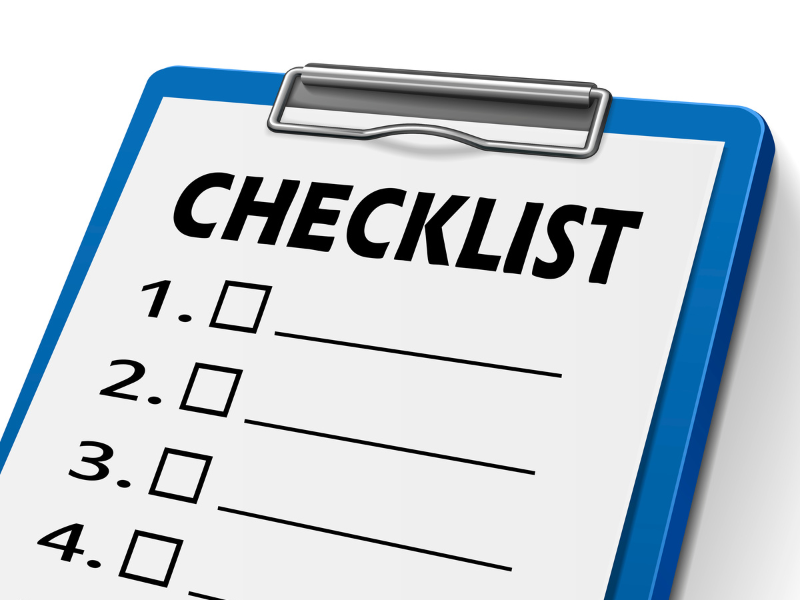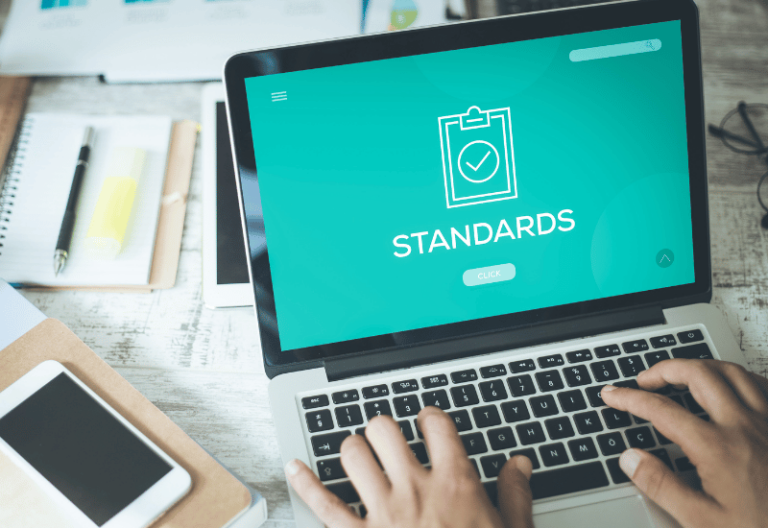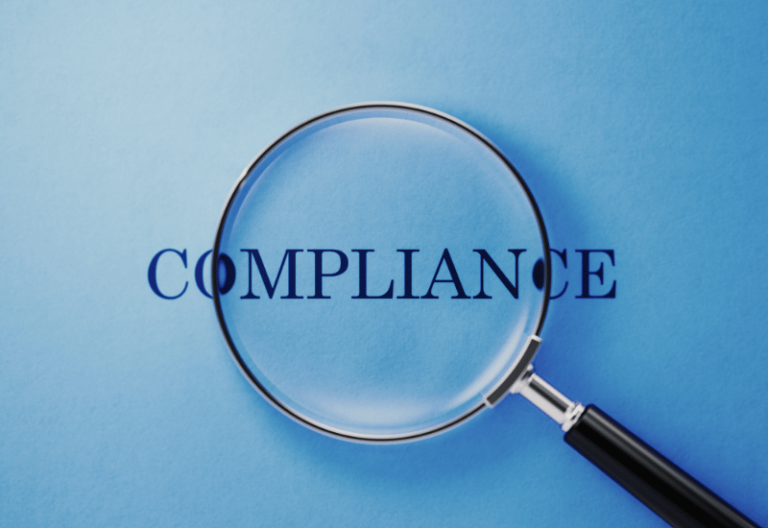SOC 2 (Service Organization Control 2) compliance is a cybersecurity framework designed to help organizations protect data and maintain secure systems.
The checklist below provides an overview of its comprehensive list of criteria and requirements.
Table of Contents
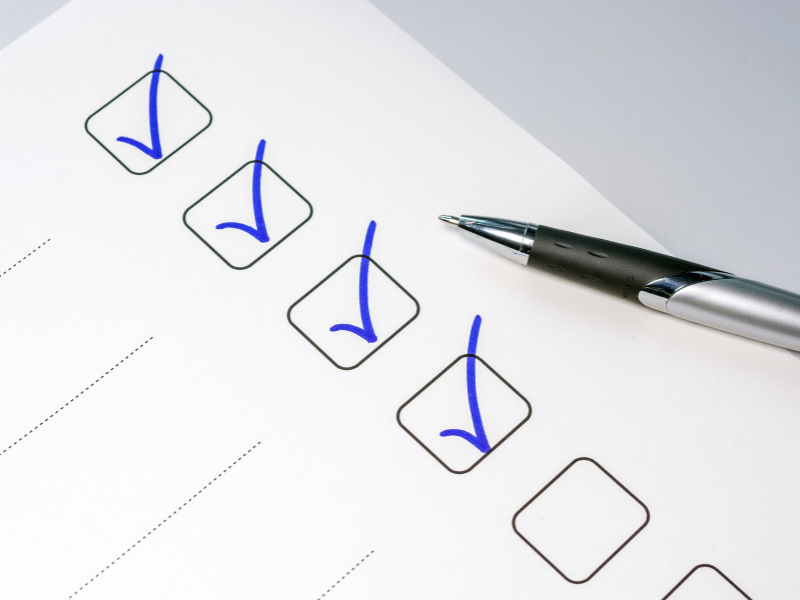
Is There an Official SOC 2 Checklist?
The American Institute of Certified Public Accountants (AICPA), which oversees SOC 2 compliance, doesn’t provide an official SOC 2 requirements checklist. Linford & Co, external auditors specializing in SOC audits, shares that while there are Trust Services Criteria (TSC) in a SOC 2 audit, how an organization follows these criteria depends on them and their auditor. However, organizations can use this checklist to guide their audit.
What’s the Basis of a SOC 2 Checklist?
SOC 2 audits evaluate an organization’s system based on TSC. Developed in 2017 and revised in 2022, the Assurance Services Executive Committee (ASEC) of AICPA includes five essential criteria in its Trust Services Criteria.
The five criteria are as follows:
- Security
- Availability
- Confidentiality
- Privacy
- Processing Integrity
Security criteria are called “common criteria” because they are shared among all the five TSCs used to assess a system.
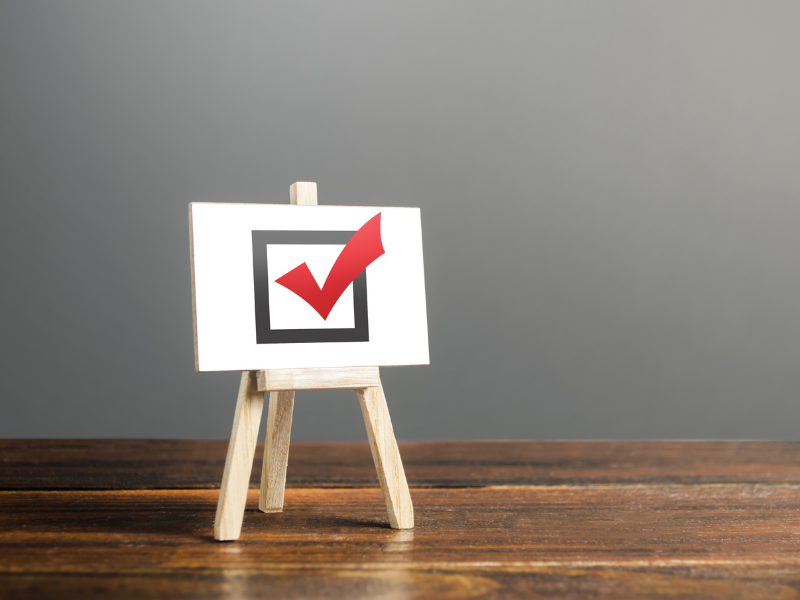
SOC 2 Compliance Checklist
Review these steps to prepare for a SOC 2 audit:
1. Identify your objectives
What’s the purpose of the SOC 2 audit? This should be the first question in any SOC 2 requirements list. When you answer this clearly, you’ll ensure that the SOC 2 audit addresses your reasons for pursuing SOC 2 compliance.
Some reasons for undergoing a SOC 2 audit include:
- Required by clients
- Gaining competitive advantage
- Building trust and credibility
- Preventing data breaches
- Complying with industry regulations
2. Define the scope and type of the SOC 2 report
The first step in a SOC 2 readiness checklist is scoping. Figure out what systems are involved in the controls you’re evaluating. For example, you might be using an Electronic Medical Record system. That’s your in-scope system. Before starting an audit, supporting systems like a ticketing system should also be included.
Before you begin a SOC 2 audit, you should know that SOC 2 has two types of reports. Type 1 looks at the design of the controls, checking policies and procedures at a single point in time. Type 2 is more thorough, testing if controls are working effectively over a period of 3 to 12 months.
3. Undergo self-assessment
A SOC 2 project usually involves months of preparation. Instead of hiring an audit firm to perform the audit right away, conduct a self-assessment first using SOC 2 criteria. Familiarize yourself first with the five trust services criteria, which form the foundation for SOC 2 compliance:
- Security: The system is protected from unauthorized physical and logical access. Physical access involves entering a physical space, while logical access involves entering digital resources or systems through credentials, permissions, and authentication mechanisms.
- Availability: The system is operational and accessible to users when needed. Interruptions should be minimized. Redundancy, monitoring, and backup systems should be in place.
- Processing integrity: The system processing is complete, valid, precise, timely, and authorized. Data validation, authorization controls, error handling, and correction mechanisms should be evaluated.
- Confidentiality: Sensitive data should be protected from unauthorized access or disclosure. Evaluate access controls, encryption, data classification, and employee education.
- Privacy: Personal information is collected, used, retained, disclosed, and disposed of according to your organization’s privacy notice. Check if you have clearly defined policies for collecting and retaining personal information. You should also have a process for informing clients about your policies.
4. Fix compliance gaps
If you find problems in the SOC 2 readiness assessment checklist, fix them before the actual audit. Create missing policies, adjust workflows, improve security measures, and remove any unauthorized access to your system. It would be best to create a detailed plan for remediating any gaps in the system.
5. Document the self-assessment
Remember that a SOC 2 audit requires proof that you have processes, policies, and systems in place. You should be able to show reports, screenshots, signed documents, and any visual evidence to your auditor as proof of SOC 2 compliance. Maintain a thorough documentation of how you adhered to the TSC.
6. Final assessment
After fixing identified issues, you’re ready to conduct a final readiness assessment. This step checks if your security controls are working correctly. It’s a chance to catch any last problems before the formal third-party audit by a CPA firm. Make sure that everything is in order, especially if it’s your first time going through a SOC 2 audit.

Best Practices for SOC 2 Compliance
Achieving SOC 2 compliance should not be a one-time event. It’s an ongoing process that requires commitment. Follow these best practices to improve your SOC 2 compliance efforts:
- Engage leadership support – Obtain support from top-level leaders so they can prioritize and invest in SOC 2 compliance.
- Monitor compliance – Implement continuous monitoring systems to respond to security incidents in real time.
- Document thoroughly – Maintain documentation of SOC 2 compliance efforts, including audit reports, risk assessments, and privacy policies.
- Collaborate with experts – Get the help of experienced auditors and consultants to keep your audit thorough and unbiased.
- Employee training – Regularly educate employees about the latest security threats and best practices.
Importance of SOC 2 Compliance for Organizations
If organizations hope to gain customer trust, they must demonstrate strict standards to safeguard data and comply with regulations like GDPR and HIPAA. SOC 2 compliance shows this commitment, giving customers confidence that their information is handled securely. This is particularly important for organizations that handle sensitive data, such as SaaS (software as a service) providers and data centers.



